Embracing Eco Friendly Fashion and Understanding Fast Fashion's Hidden Cost
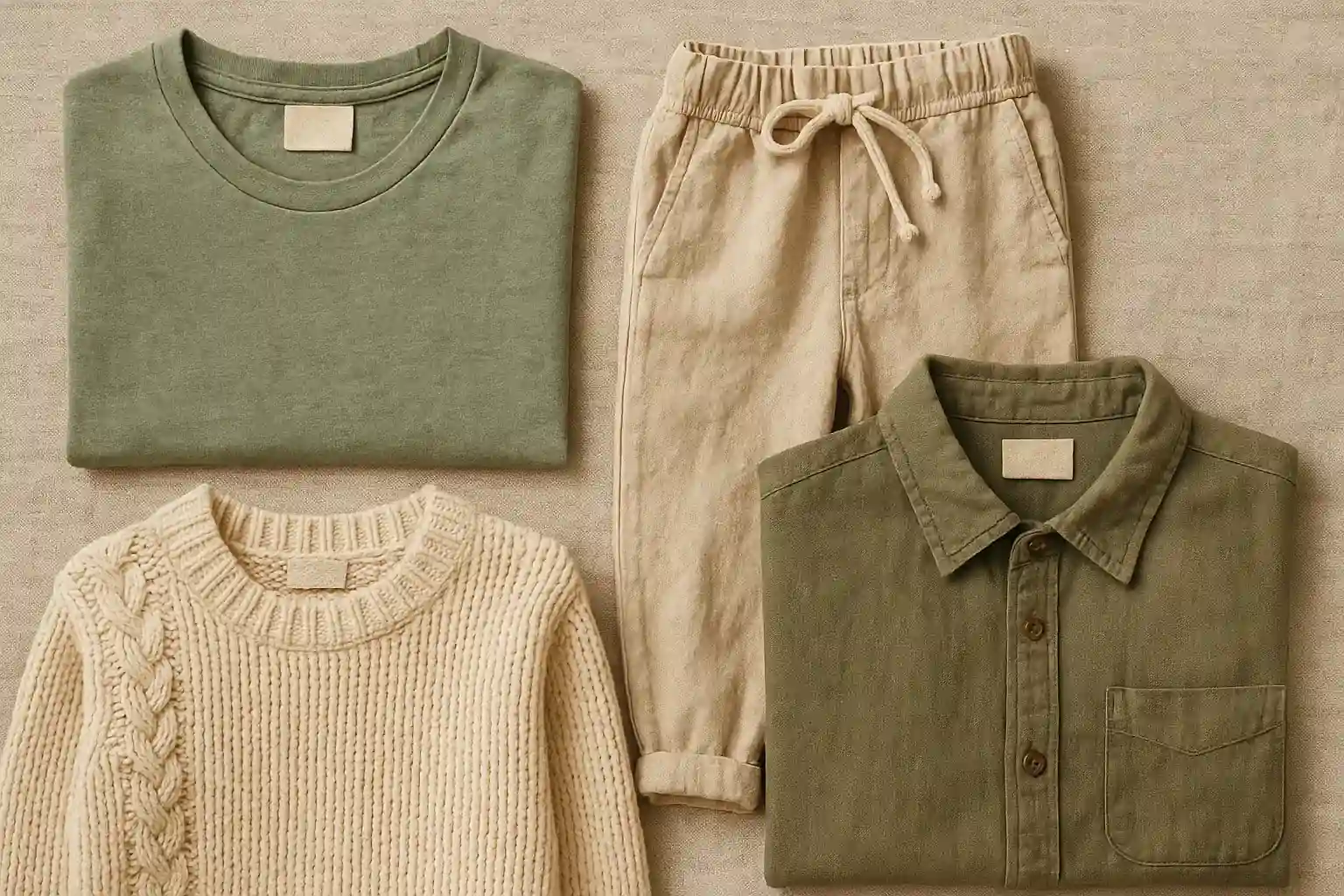
In a world saturated with rapidly changing trends and tempting, inexpensive clothing options, it's incredibly easy to get swept up in the whirlwind of fast fashion. We see the latest styles, often promoted heavily, and the low price tag makes that purchase feel effortless. But as conscious consumers, it's vital to look beyond the immediate appeal and understand the true cost of what we wear. There's a significant hidden price associated with fast fashion – one that impacts our environment, society, and ethical values.
Sustainable fashion is a movement towards a more conscious and responsible approach to clothing – one that considers the entire lifecycle of a garment, from the sourcing of raw materials to its production, distribution, use, and eventual disposal. It's about creating clothing in a way that minimizes harm to the planet and respects the people involved in its creation. Understanding sustainable fashion, and specifically how to embrace eco friendly fashion choices, is becoming increasingly vital as the negative impacts of the conventional fashion industry become more apparent.
I believe that making informed choices about our clothing is a powerful way to contribute to a more sustainable and equitable world. It's not about abandoning style or the joy of fashion, but about shifting our perspective and adopting practices that are kinder to both people and the planet.
The Real Price of Fast Fashion: Beyond the Bargain Bin
Fast fashion's business model thrives on speed, low production costs, and encouraging frequent consumption. This relentless cycle generates significant hidden costs – the environmental, social, and ethical burdens that aren't reflected in the garment's low selling price. Understanding these impacts is crucial to appreciating why a shift towards more responsible clothing is necessary.
Environmental Burden: The environmental damage caused by fast fashion is immense. Growing conventional cotton, a staple fiber, demands colossal amounts of water and often relies heavily on harmful pesticides and fertilizers that can severely pollute water sources. The dyeing and finishing processes also consume vast quantities of water and release toxic chemicals into rivers and lakes if wastewater isn't treated properly, devastating aquatic ecosystems. The rapid production cycles also strain natural resources and generate a massive amount of textile waste, with millions of tons ending up in landfills annually. Furthermore, the prevalence of synthetic fibers contributes to microplastic pollution in our waterways.
Social and Ethical Implications: The drive for ever-lower production costs in fast fashion often comes at a significant human cost. Garment factory workers, predominantly in developing nations, often face shockingly low wages and work long hours in unsafe and unhealthy environments, with minimal labor rights. The push for speed and low cost can lead to exploitative labor practices. The lack of transparency in complex supply chains also makes it difficult to verify working conditions and ensure fair treatment of workers.
These environmental, social, and ethical costs represent the true, often unseen, price of fast fashion. By constantly demanding new, cheap clothing, we are inadvertently contributing to environmental degradation and human exploitation. This highlights the urgent need for a shift towards more mindful consumption and sustainable practices.
Your Guide to Making Better Choices: Building a Sustainable Wardrobe
Transitioning to a more sustainable approach to fashion is a journey, and every small step counts. It's about becoming a more conscious consumer and making choices that align with your values. Here's a guide to what you can do instead of solely supporting the fast fashion model:
1. Practice Mindful Consumption:
- Before buying something new, assess your existing wardrobe and consider if you truly need the item.
- Prioritize purchasing durable, well-made garments that will last longer, focusing on quality over the sheer number of items.
- Develop a personal style that values timeless pieces rather than constantly chasing fleeting trends.
2. Explore Sustainable and Responsible Alternatives:
- Give clothing a second life by shopping at thrift stores, vintage shops, consignment stores, and online platforms for pre-owned items.
- Seek out and support brands that prioritize sustainability and ethical labor practices throughout their production. Research their materials, manufacturing, and transparency. Look for certifications that verify their commitment to responsible production.
- Consider renting clothing for special occasions or organizing clothing swaps with friends.
3. Embrace the Circularity of Fashion:
- Extend the life of your garments through proper care, following washing instructions and making minor repairs.
- Repair and alter clothes that are damaged or no longer fit perfectly instead of discarding them.
- Get creative by upcycling or repurposing old clothing into new items.
- When garments are no longer wearable, donate them to charities or explore textile recycling options in your area.
4. Become an Informed Advocate:
- Educate yourself about the environmental impact of different materials and explore more sustainable alternatives like organic cotton, linen, hemp, Tencel™, and recycled fabrics.
- Be critical of brands making vague or unsubstantiated sustainability claims and look for transparency and credible certifications.
- Ask brands questions about their supply chains and practices to encourage greater accountability.
- Share your knowledge and inspire others to make more sustainable choices.
Moving towards sustainable fashion, and specifically incorporating eco friendly fashion practices into your wardrobe, is a powerful way to align your consumer choices with your values and contribute to a better future. It's a journey of learning, adapting, and making conscious decisions that benefit both the planet and the people who make our clothes. By understanding the significant hidden costs of fast fashion and actively embracing more sustainable alternatives, you become part of a growing movement towards a more ethical, environmentally friendly, and ultimately more meaningful way of engaging with fashion. Every sustainable choice you make is a step towards a better future.
Related Blogs
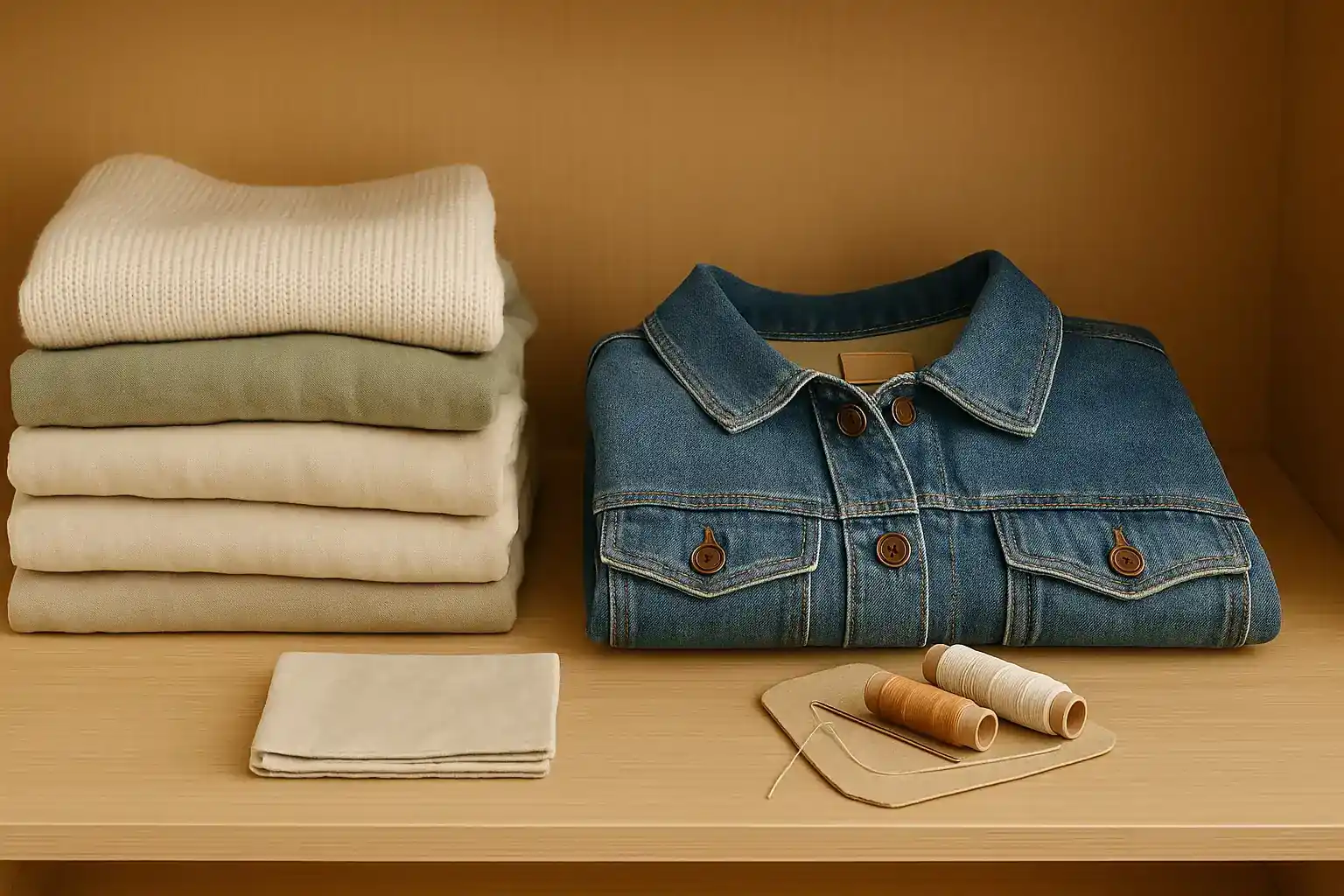
10 Transformative Wardrobe Swaps for a Lighter Environmental Fashion Footprint
Learn how to reduce your fashion footprint with impactful wardrobe swaps.
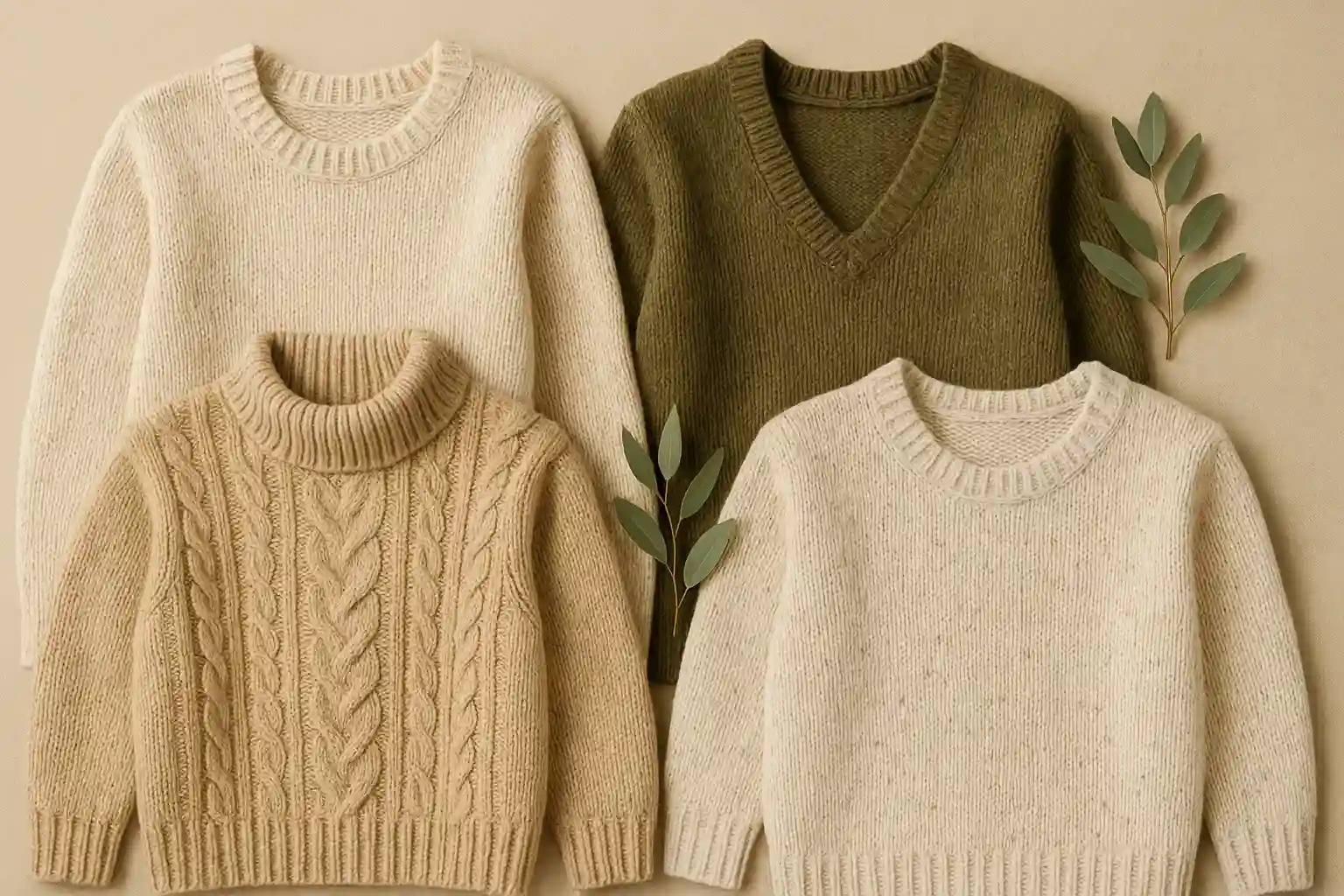
Wrap Yourself in Responsibility: Choosing Sustainable Alternatives to Acrylic Sweaters
Upgrade to durable and breathable wool (certified farms), alpaca, or Tencel-blend knits.
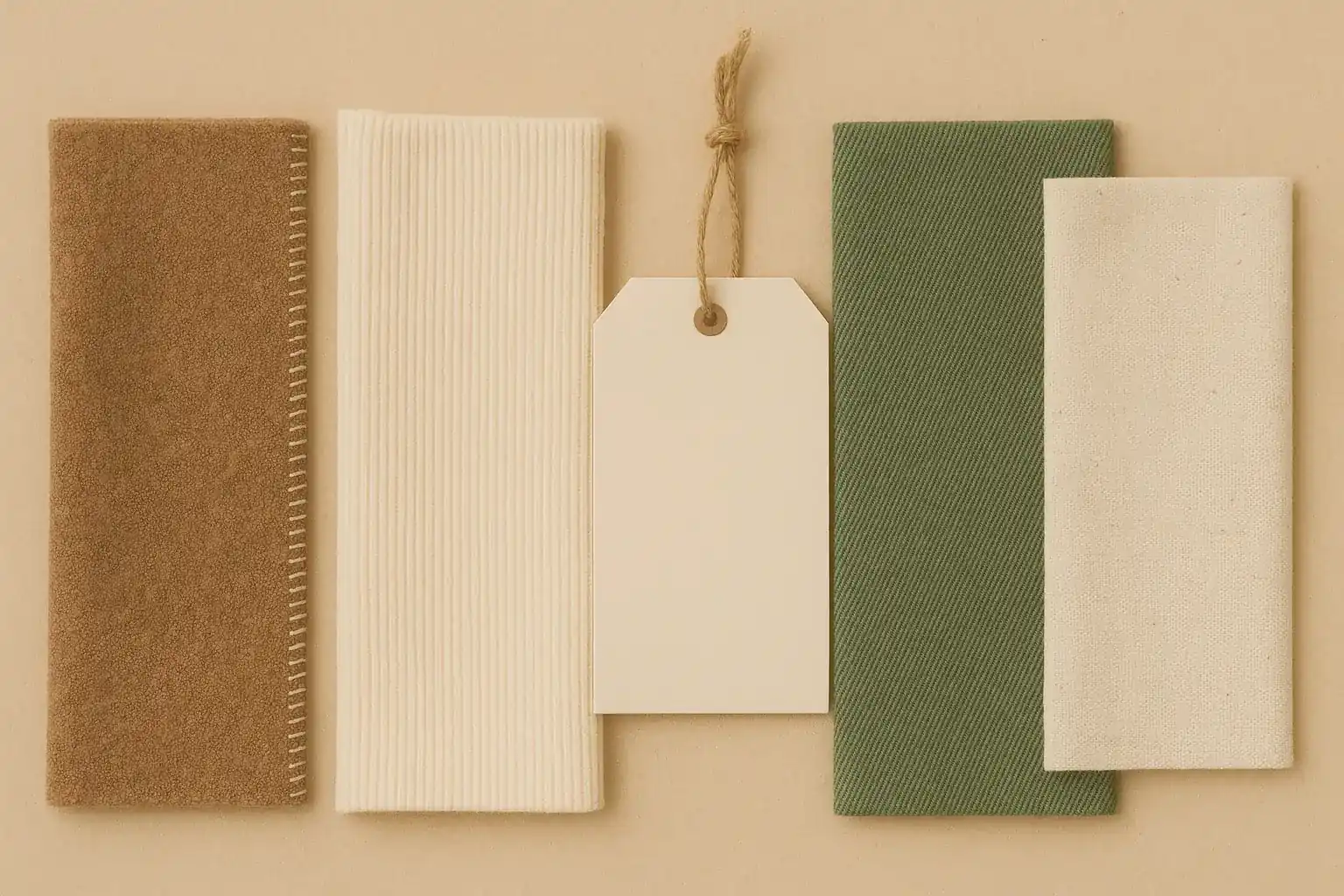
Decoding Fabric Labels: What's Really Sustainable?
Insights on decoding fabric labels in a sustainable way.
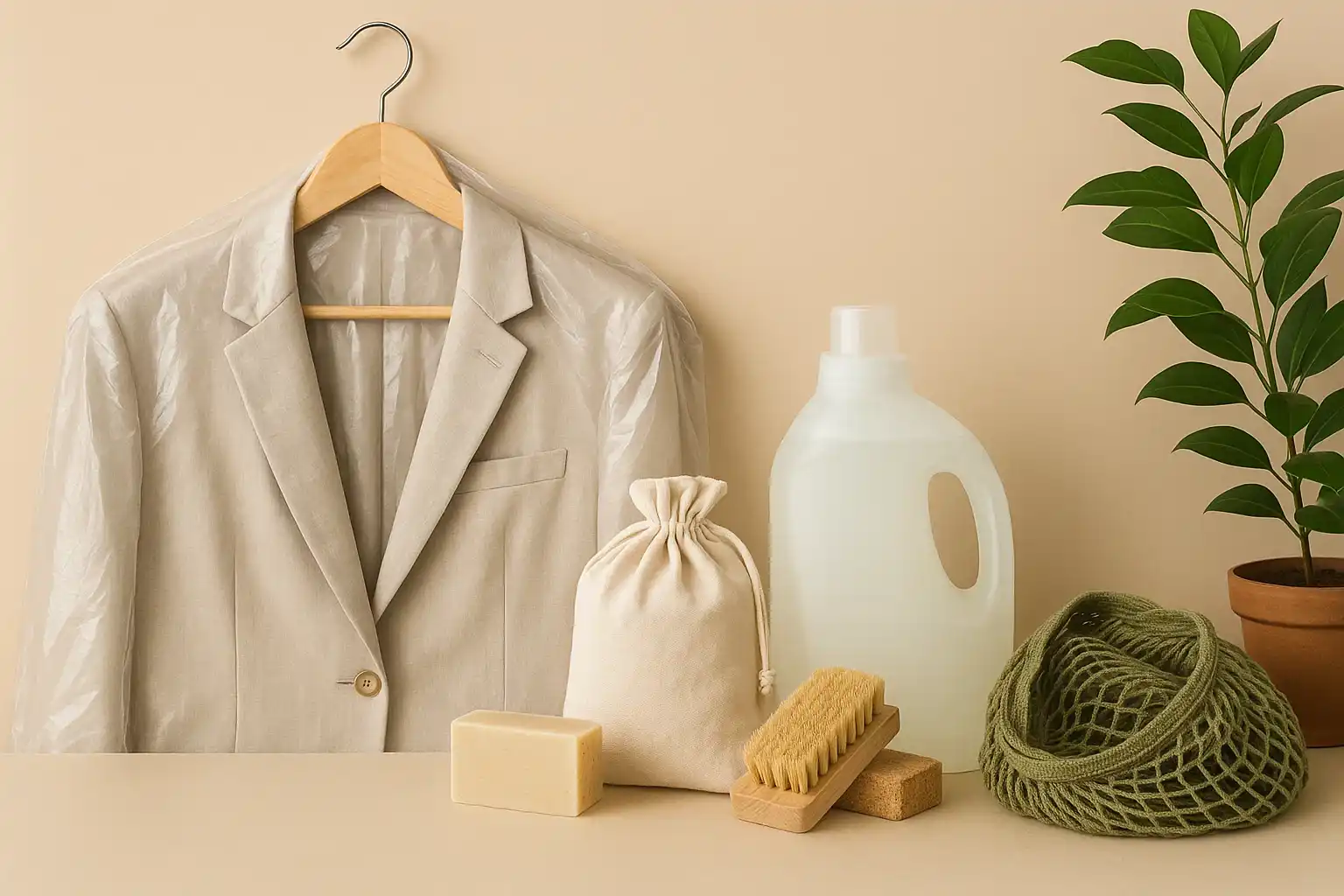
Outsmarting the Dry Cleaner: Choosing Machine Washable Naturals for a Toxin-Free Wardrobe
Avoid toxic PERC solvents by opting for machine washable organic cotton and linen clothing.
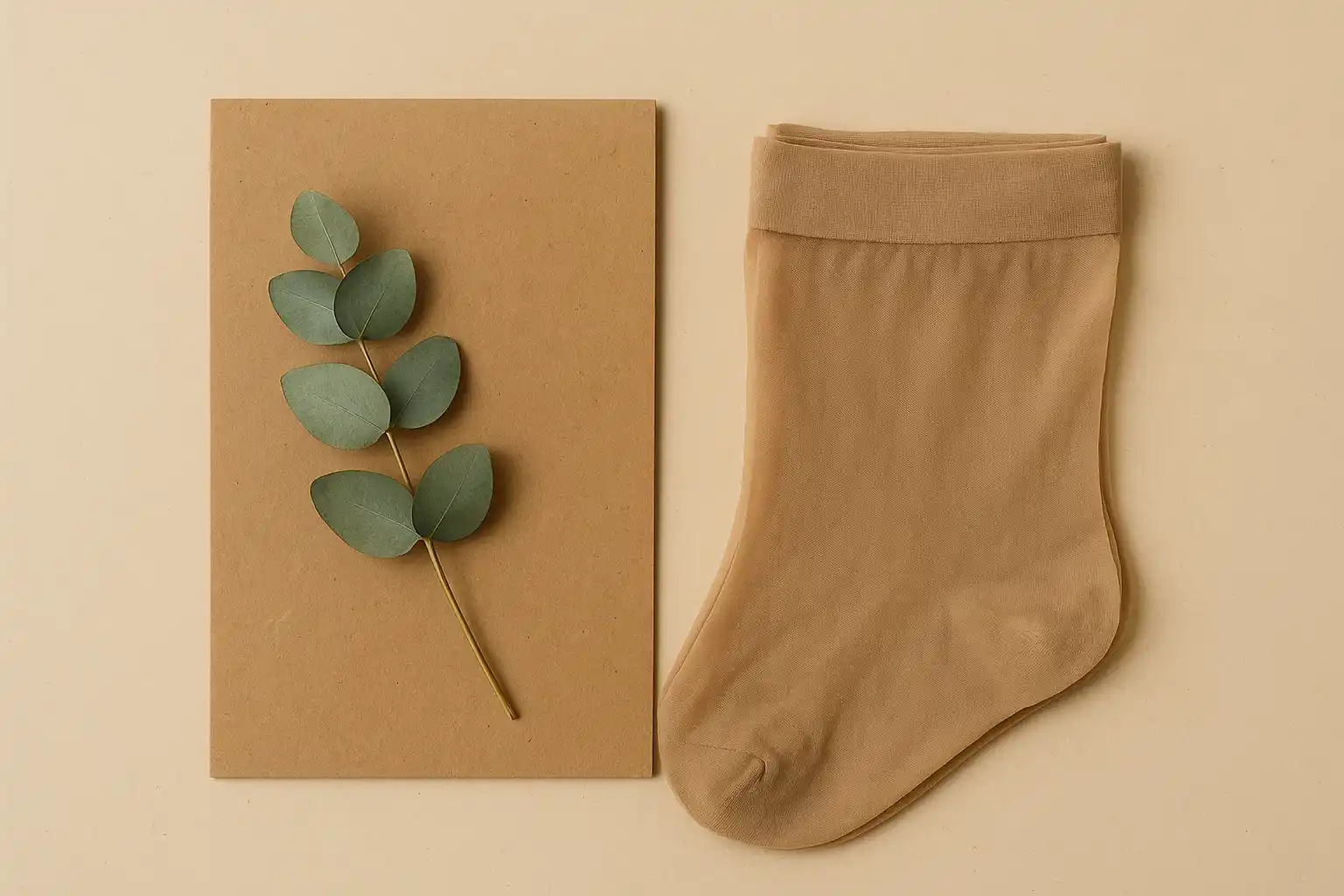
Step Lightly: Choosing Sustainable Alternatives to Nylon Stockings
Opt for recycled nylon, biodegradable, or ladder-resistant hosiery for longer wear and less waste.

Fastening the Future: Choosing Sustainable Alternatives to Plastic Buttons
Opt for biodegradable coconut shell, corozo, or wood buttons for eco-conscious clothing.
Stay in the Loop
Get tips and insights tailored to your interests — no spam, just sustainability.